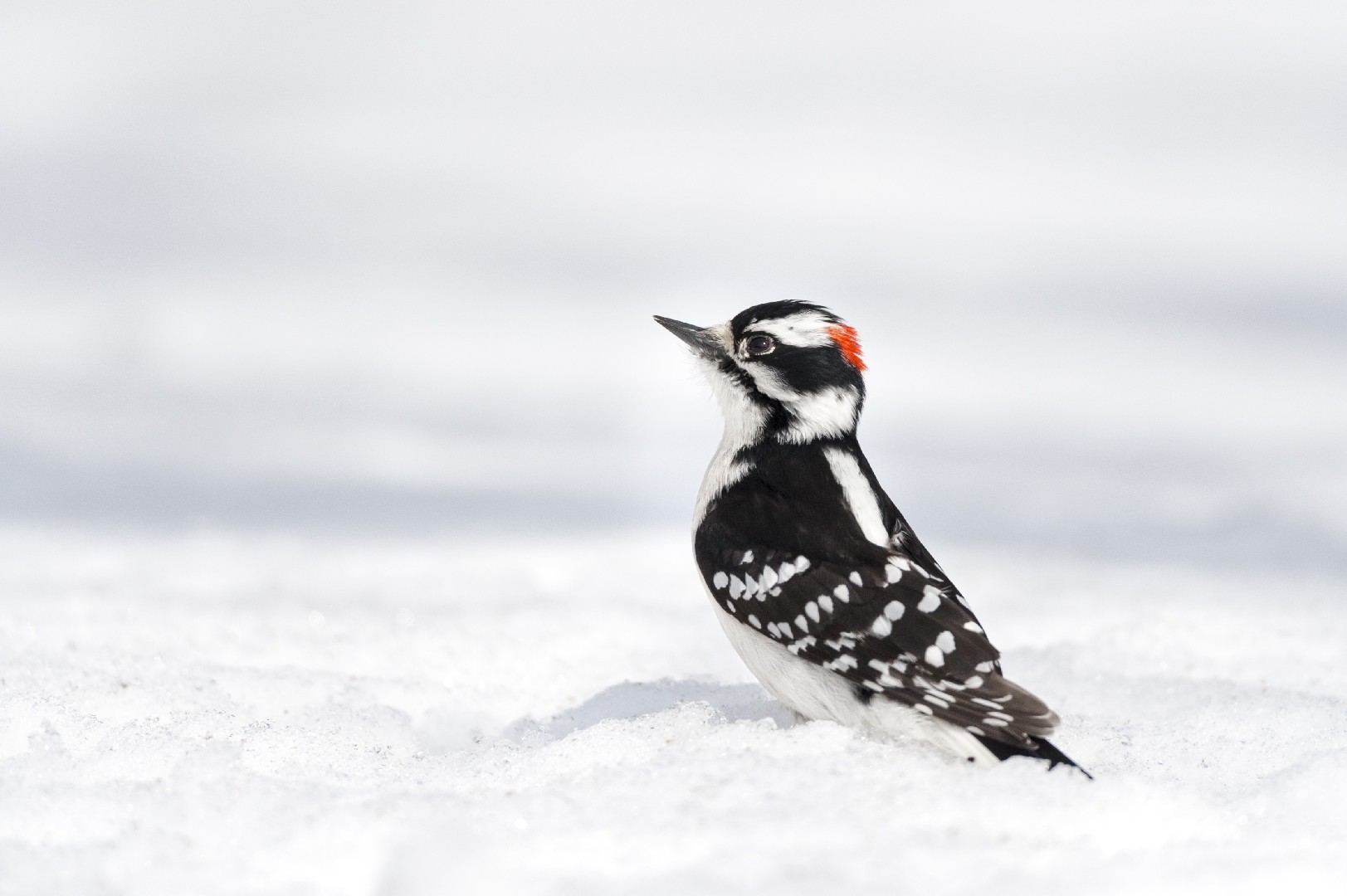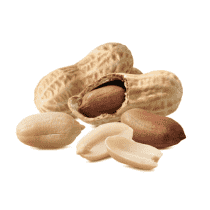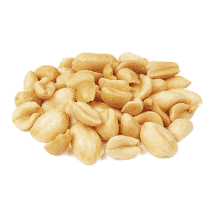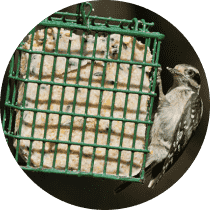Downy Woodpecker
A species of Three-toed woodpeckers Scientific name : Dryobates pubescens Genus : Three-toed woodpeckers
Downy Woodpecker, A species of Three-toed woodpeckers
Botanical name: Dryobates pubescens
Genus: Three-toed woodpeckers
Content
Description People often ask General Info

Description
The smallest woodpecker in North America, the downy Woodpecker is almost identical to the Hairy woodpecker (Picoides villosus), but it's significantly smaller and has a shorter bill. It inhabits woods and wooded areas, but is also regularly encountered in urban environments. It often visits birdfeeders, which is an unusual behavior among woodpeckers.
Size
15 - 17 cm
Life Expectancy
11.9 years
Nest Placement
Cavity
Clutch Size
3 - 8 eggs
Incubation Period
1 brood
Number of Broods
12 days
Nestling Period
18 - 21 days
Feeding Habits
Downy Woodpecker primarily feast on insects like beetle larvae, ants, and caterpillars, including agricultural pests. Plants contribute a quarter of their diet, with berries, acorns, and grains. At feeders, they favor suet and sunflower seeds, and may also sip from hummingbird feeders.
Habitat
Downy Woodpecker is commonly found in temperate forests, including deciduous woods, especially along streams, and in mountainous areas. They adapt well to human-altered habitats such as orchards, parks, suburban and urban settings, as well as agricultural landscapes. Downy Woodpecker shows a preference for riparian zones with ample tree cover for nesting and foraging. The species thrives at various altitudes, favoring open woodlands and areas with tall weeds and fencerows, illustrating its adaptable nature and diverse habitat requirements.
Nest Behavior
Both sexes collaboratively excavate the nesting site over 1-3 weeks. Nest construction is followed by egg-laying, with parental care including incubation and subsequent feeding and protection of the hatchlings.
Nest Characteristics
Downy Woodpecker create nests in dead or partially dead deciduous trees, favoring those with fungal decay for easier excavation. The entrance hole, placed on the tree's underside, measures 1-1.5 inches, with cavities deepening to 6-12 inches and widening at the bottom, lined solely with wood chips.
Dite type
Insectivorous
People often ask
General Info
Feeding Habits
Bird food type

Black Oil Sunflower Seeds

Hulled Sunflower Seeds

Safflower

Suet

Peanuts

Peanut Hearts

Mealworms
Bird Feeder Type

Suet Cage

Large Hopper

Small Hopper

Platform
Sounds
Call
Recording location: United States
Behavior
Downy Woodpecker's are active woodpeckers, adept at maneuvering swiftly across tree trunks and branches, often supported by their stiff tail feathers. These birds exhibit a notable competence for horizontal and downward movement on trees, a trait less common among their peers. They are also known to peck at plant galls on tall weeds to reach hidden larvae. On occasion, downy Woodpecker's may forage on the ground. Their flight pattern is characterized by an undulating motion, with swift wingbeats punctuated by folded wings against the body. During confrontations, downy Woodpecker's display distinct behaviors such as fanning tails, raising head feathers, and a side-to-side beak motion. Springtime brings courtship displays with slow, fluttering wingbeats reminiscent of a butterfly's flight.


Scientific Classification
Phylum
Chordates Class
Birds Family
Woodpeckers Genus
Three-toed woodpeckers Species
Downy Woodpecker